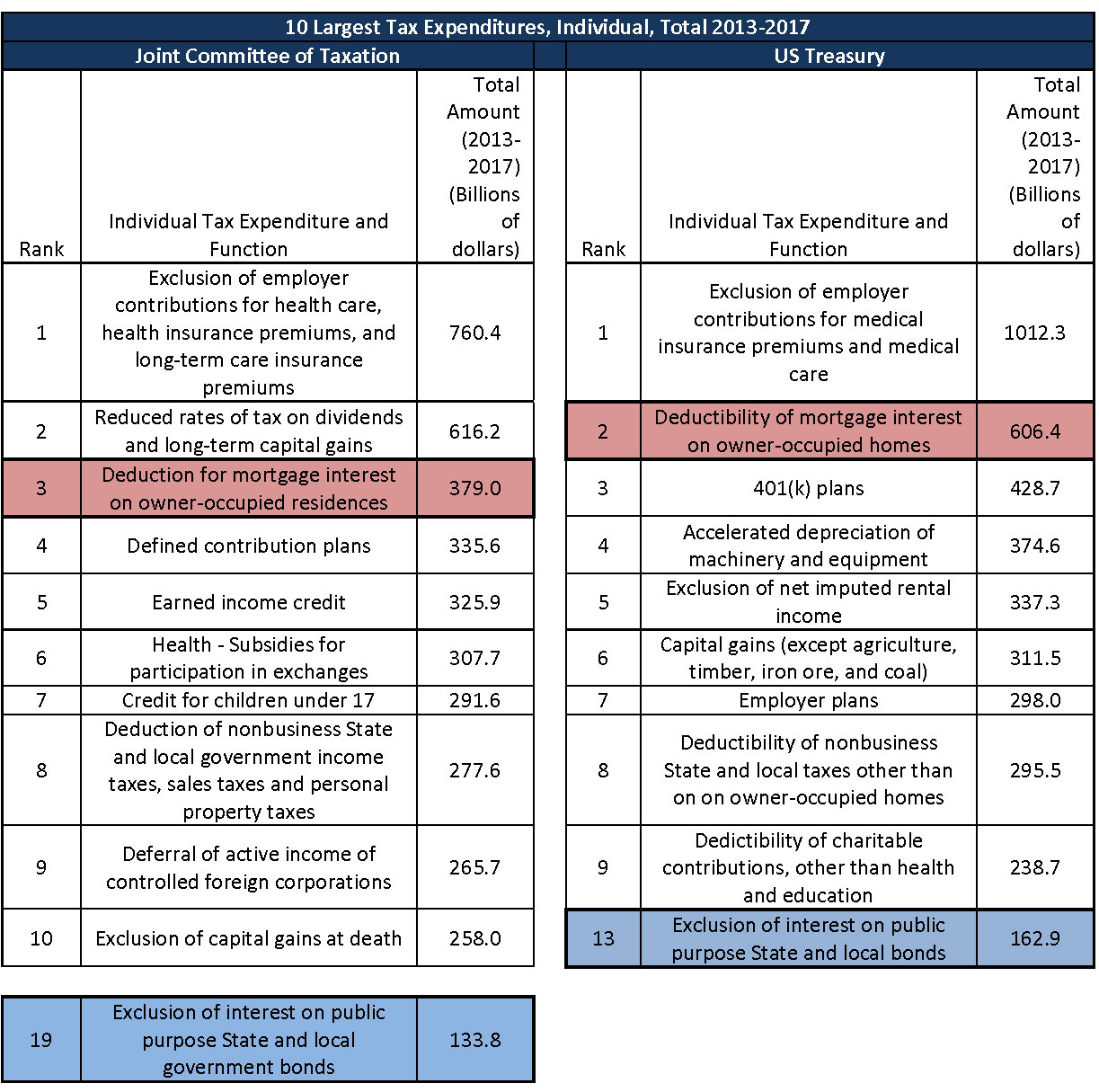Good afternoon, I am pleased to be here today with you, Kevin and Mayor Benjamin and have a conversation about the importance of municipal bonds to your constituents. Your have heard from Mayor Benjamin how important municipal bonds are to the citizens of Columbia; Kevin has explained how critical tax- free municipal bond financing is to building our airports. My role here is to complement these 2 gentlemen, explain our firm’s role in the marketplace and give you a history of the municipal bond market, share a few of my experiences. I read in the invite I am a “seasoned expert”……which means I am long in the tooth so I think I bring a historical perspective that hopefully will help you.
So first, let me give you a little background information about our firm. Bernardi Securities is a Chicago based municipal bond specialty firm, established in 1984. We are regulated by the SEC, FINRA, state agencies, Municipal Securities Rulemaking Board(MSRB). We are a municipal bond market maker and rely on our in house credit research team. We publish and speak on current issues like: threat to tax-exemption, market transparency and disclosure I began my career, 1980; Our Chairman, Edward Bernardi began career in the late 1950’s. What we do is important to the clients we serve. They count on the municipal bond market and they count on us to help them navigate through it.
I am here today because I believe what we have to say is very important to you and your constituents. This is not so much about Ron Bernardi’s interest as it is about the interests of the people living in Columbia, South Carolina, the people I serve, the people living in your congressional districts. When you leave today, I hope you will remember this: Municipal bonds build America.
The municipal bond market is very important to this country. Generally, it functions well, day in day out, year after year and has been doing so for over 100 years. It is far more efficient, more transparent than when I began in 1980, improving every year. It is far from perfect, but it is a sound , good, fair marketplace. And, it needs to continue to evolve, progress in sensible, measured ways. Congress’ mission should be to help the municipal bond market evolve and improve, not curtail or hinder it. Repeal tax-exemption, curtail it any meaningful way and it will be harmed. And your constituents will bear the brunt of the effects. Not Bernardi Securities, not Mayor Benjamin and not the airport council ….your constituents.
So what is Bernardi Securities role in the market? We have three primary functions: First, we assist issuers in planning capital projects and raising funds for infrastructure projects. Ithaca , NY in August of 2013 refinanced approximately $ 3 million loan; it lowered its annual payments, freeing up funds to be used for other community investments. Bernardi underwrote that transaction. Rothschild, Wisconsin recently updated its water/sewer plant; we raised several million dollars it needs for that community investment. These are two examples of communities needing access to low cost capital to make improvements. The present day municipal bond market allows them to do this.
Second, we assist community banks and individual investors invest capital; we help them manage their bond portfolios relying on our credit research as the foundation.
Lastly, we are a market maker, trading bonds after the issue has come to market. Markets need liquidity; investors want assurance they can sell their bonds at a reasonable price and timing before maturity- we help provide this liquidity. Our clients are conservative, they regard asset class as their mattress money. Generally, investors appreciate the security municipal bonds offer and many like to invest in local projects.
There are two key points to make here:
- Municipal market encourages investors to invest conservatively and that is good for all of us.
- In our experience, local investment tends to be an excellent governor of behavior; projects tend to be more sensible.
The notion that tax-exemption fosters profligate projects is wrong; sure, there are situations, but almost universally in my experience over 30 years, communities borrow what they can afford to pay back and tax-exemption allows them to borrow at a lower rate. These are healthy results the market helps to produce.
I want to briefly touch upon the history of the municipal market. And the important role it has played in the national and local economy. Again, I say to you, municipal bonds have built America.
A 2013 engineering society study calls for $3.6 trillion in infrastructure investments by 2020. Our infrastructure is aging, needs updating. The municipal market should continue to have the primary role in making these investments and any contemplated federal policy changes should not result in harming the market. We need PUBLIC PURPOSE INFRASTRUCURE PROJECTS (roads, schools, water/sewer plants, county courthouse, airports, village halls, public libraries….) After all, 75% of country’s infrastructure is financed with municipal bonds. Large and small projects are possible and the present day, tax- free market structure is well suited to raise capital for the fragmented needs of the market.
Additionally, bond issuance creates meaningful, productive jobs paying a salary above minimum wage.
Importantly, municipal bond investors comprise a diverse cross section our population, saving for their retirements. It is incorrect to think the municipal bond market benefits only or primarily the wealthy. The premise is false. I will have more to say on this issue later.
Lastly, U.S. public finance market is envied around the world. The Chinese national government has begun a trial program to develop a transparent, locally controlled municipal bond market in order to clean up its current, central government controlled system. India has explored developing a municipal bond market. Certain European governments, where public finance historically is controlled by central governments, are adapting dynamics like our model. I have studied public finance systems around the world and none I know of come close to ours when measuring a system’s economic efficiency, project execution time efficiency, local control in decision making. Our system is the “cat’s meow” of the all the world’s public finance systems!
Turning it upside down, substantively altering it would be a serious misstep.
The history of the municipal bond market runs parallel to this nation’s history in many respects. Tax-exemption was created in 1913 – helps ensure “reciprocal immunity” ; the municipal bond market’s roots go back much further. We have all heard the famous quote: “ power to tax involves the power to destroy”. These are the words of Chief Justice John Marshall in McColloch versus Maryland, 1819. The decision limits the ability of a state to intrude on sovereignty of federal government and vice versa.
In 1894, the Supreme Court ruled in Pollack vs. Farmers Loan Trust that federal income taxes on interest were unconstitutional. Additionally, the decision established the notion of “inter-governmental immunity” which protects state and local governments borrowing abilities from federal government interference. The Pollack decision is the reason why when the 16th amendment (federal income tax) was enacted, federal taxation of municipal bond income was prohibited.
This prohibition was written into the law because Congress realized if the federal government could arbitrarily tax municipal bond income, then state and local governments would not enjoy freedom from possible federal government overreach. Let’s turn this around: imagine the outcry here in Washington if a state government began taxing income earned on u.s treasury bonds.
RECIPROCAL IMMUNITY PROVISION, R.I. P. as I like to call it, prevents this from occurring. R.I.P. is fundamental to the federalist system our nation is built around. For this reason, unlike any other deduction, the exclusion of municipal bond income was codified into law in the Revenue Act of 1913.
Tax-exemption is unique from all other tax expenditures. Tax-exemption is Not some tax loophole inserted into the tax code in the middle of the night. It is rooted in the federalist system, it is time tested, it has survived multiple recessions, two world wars, the Great Depression and the Great Recession.
So how does the market operate, why it is attractive for issuers, investors, the general population? First of all, it is a localized market. It is fragmented and this feature is intrinsic to its nature; as long as R.I.P. exists, the market will remain fragmented. It is attractive for issuers because it’s relatively deep and liquid market and tax-exempt status allows more affordable funding. Solid quality issuers today borrow at approximately 2.50% (“ aa”, index as of 6/23/14) for 10 year loan, 3.50% for 30 years.
These low borrowing rates makes financing the new school, the village hall expansion, road improvement project fixing all those winter potholes in your town more affordable. If the market worked poorly, would borrowing rates be this low?
The present day market helps ensure localized control. Inherent in our system, is this crucial dynamic ……to me, this is the most important feature of our public finance system. There are approximately 50,000 distinct issuers of municipal bonds – look at your local tax bill, most of the line item issuers , issue bonds. The market gives those issuers access to capital , allows them to structure their borrowings the best way to suit their needs.
Your constituents decide IF a school is built, its scope, how to pay for it.
Your constituents decide if the county courthouse should be expanded, how many years to take to pay off loan.
Your constituents decide if the public library, public parks should be built, the location.
This is a healthy dynamic, and a very good governor of cost and efficiency.
The market is attractive for investors: Over 70% of outstanding municipal bonds are held by individual investor.
They like to invest in the market for these reasons:
- Preservation of principal & low default rates
- Over the long term, it is uncorrelated to economic swings
- It offers the opportunity to invest directly in the local community
- It offers countless options for investors
- And Tax-exempt income is an over-arching reason asset class is attractive
Repeal tax-exemption, cap the exemption at 28% as some proposals call for and your constituents will see higher taxes, higher fees, fewer capital improvements in their communities, scaled back projects. If you believe in the principles of federalism embodied in the constitution. If you believe state and local governments should have wide latitude to independently finance public purpose infrastructure projects that your citizens need, want and are willing to pay for. Then ladies and gentlemen, radical changes to the present day muni market should not occur.
It is really that simple.
Having said that, our market needs improvement and there are steps that can easily be taken to make improvements. A modified BAB Program would be helpful as a complement, not a replacement to current market. A lot of talk about the success of BAB program. There were many and overall the program was good as it stabilized the market.
But the BAB program had some serious shortcomings, inefficiencies of its own.
The Tax-Credit Option is a non-starter, in my view. The market is thin, highly illiquid, non- transparent. There is minimal investor interest in tax credit market structure. Tax-credit was offered as a BAB option and it was near universally ignored. Issuers and investors chose not to use it.
So how do we make our market better for Mayor Benjamin and residents of Columbia, SC and your constituents? Most importantly, the market needs clarity; uncertainty brings higher cost. And oftentimes, clarity requires singularity. The municipal market needs clarity NOW!
By that I mean tax exemption for public purpose issuance is untouchable. That should be the resounding message. And then clearly define “public purpose”. That should be the topic of debate. Perhaps, it should be narrowed. In my view certain issuance currently tax-free, should be prohibited thereby returning tax money to the treasury.
Secondly, stop talking about and advancing proposals focused on partial or prospective repeal; no 28% cap . This adds to the air of uncertainty and increases borrowing costs for your constituents. Thirdly, increase the Bank –Qualified limit from its current $10 million cap. Doing so will increase bank investing in infrastructure projects and should lower borrowing costs.
Lastly, issuer disclosure must continue to improve. It is much better today than what existed a handful of years ago, but there is work to do in this area. I see we have about 20 minutes remaining for your questions so I will end with this, repeating how I began my remarks:
Muni bonds build America. The municipal bond market is very important to this country. We need Congress’ help to build upon, improve what we have here.
Thank you.
July 2, 2014








